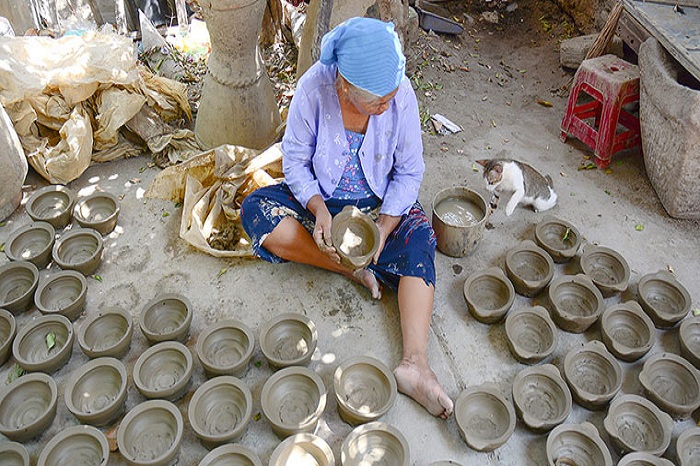
Bat Trang Ceramics Village
- on Sep 15, 2020 By: Ngoc Nguyen
Hanoi and its surroundings have more than a thousand craft villages which perpetuate centuries-old traditional know-how. Leave the bustling Vietnamese capital for a few hours or for the day to discover one or more of these villages punctuated by artisanal activities and ancestral customs of the Red River Delta such as Bat Trang, a village at the gates of Hanoi, which has specialised in ceramics for centuries.
History of Vietnamese ceramics
The history of Vietnamese ceramics is as old as the Vietnamese civilization, which appeared in the Mesolithic era (around 10,000 BCE) with the culture of Son Vi and Hoa Binh. But Vietnamese ceramics really experienced its development with a level of aesthetics and a style all its own under the Ly dynasty, from the 11th century, when independence was won again after ten centuries of Chinese domination and which allowed Vietnamese ceramics to assert its identity.
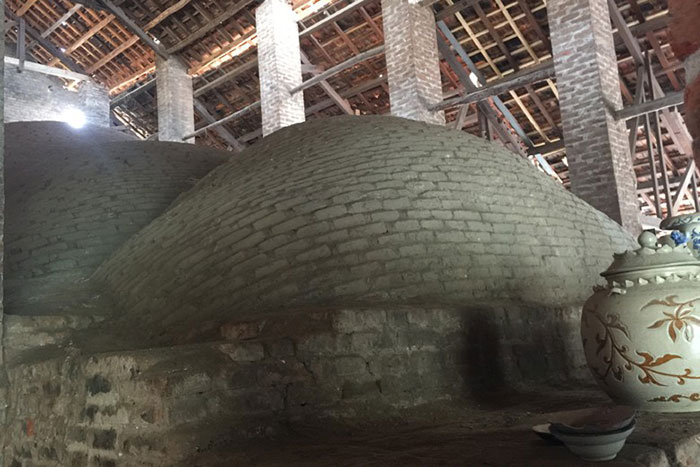
Under the Le dynasty in the 15th century, we see the first oven appear in Bat Trang, a small village on the banks of the Red River located a few kilometres from Hanoi, which was the imperial capital at that time. Bat Trang was conveniently located on the waterway between the two largest cities and trading centres of the Hanoi era, once called Thang Long and Pho Hien.
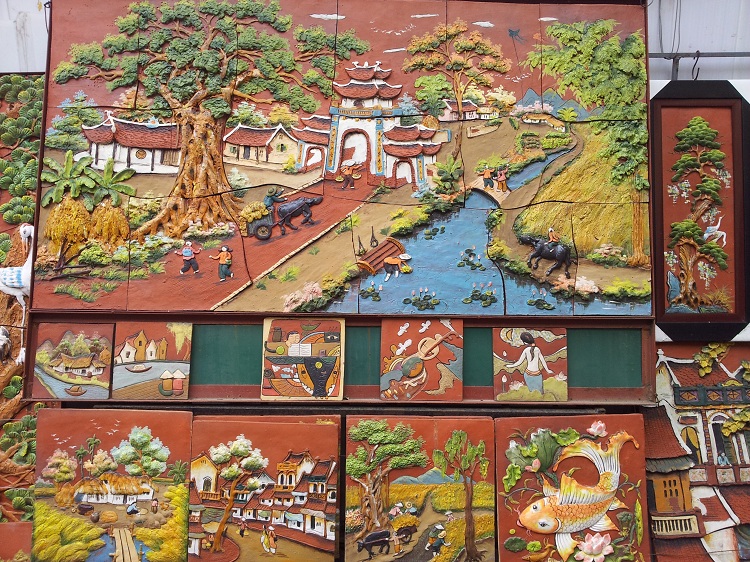
Vietnamese ceramics very quickly became an aesthetic benchmark characterised by its very free style of creation, largely inspired by Buddhism. Launching its imperialism towards the South, the production of Vietnamese pottery and ceramics received a cultural contribution from the kingdom of Champa, conquered over the centuries. New decoration patterns marked by Indian civilisation then appeared. Subsequently, Vietnamese ceramics incorporated certain Western methods with the arrival of the French at the end of the 19th century. At the National Museum of Historyin Hanoi, you can admire a very fine collection of statues representative of national ceramics. Nowadays, Vietnam is home to many Vietnamese ceramic production centres perpetuating artisanal excellence such as Bat Trang Village, renowned for the quality of its products throughout the country and even internationally.

Bat Trang, the cradle of ceramics in Vietnam
Ceramic production in Bat Trang has existed since at least the 14th century, thus, this village is considered the cradle of ceramics in Vietnam. With over 600 kilns still in operation, Bat Trang is home to the largest number of kilns nationwide. Even today, Bat Trang Village is focused almost exclusively on this ancestral craft and advertising their skills. The vast majority of households in the village of Bat Trang are directly involved in the production of ceramics.
Visitors can stroll through the maze of alleys to visit the family workshops and observe the meticulous work of the artisans. Furthermore, you can observe all the stages in the production of Vietnamese ceramics: the preparation of the clay, the dexterity of the potter who shapes either by wheel or by moulding, the finesse of the decorative patterns: landscapes, figures, flowers and birds, folk characters, herbs and insects. Next comes the glaze, an important step that dresses and makes the ceramic waterproof and more resistant. Finally, comes the cooking which can last from 12 to 72 hours, depending on the kilns and the pieces to be cooked. The kilns used wood, coal and more recently gas and electric. And even if the kilns have been modernised, releasing less toxic fumes, the spectacle of the kilns is still impressive. Be sure to visit the Lo Bau kiln, a century-old kiln that was widely used until the 20th century and required a lot of wood and qualified personnel to adjust the temperature. The lighting of a kiln was a real ritual carried out by the master of the kiln who took care of the cooking, a crucial step, with care.

In Bat Trang, there are a number of shops where you can explore the variety of local production. There are jars and vases of all sizes, bowls, plates, dishes, spoons, cups, tea sets, boxes, and more. If you have a little time, you can even place an tailor-made order to a workshop with the shape, style and patterns to your liking. Note that several craftsmen sell misfires with small defects at an unbeatable price. Buying Bat Trang ceramics is a great souvenir to take home from Vietnam for yourself or your loved ones. Besides, it's a great way to encourage and support an ancestral traditional craft.
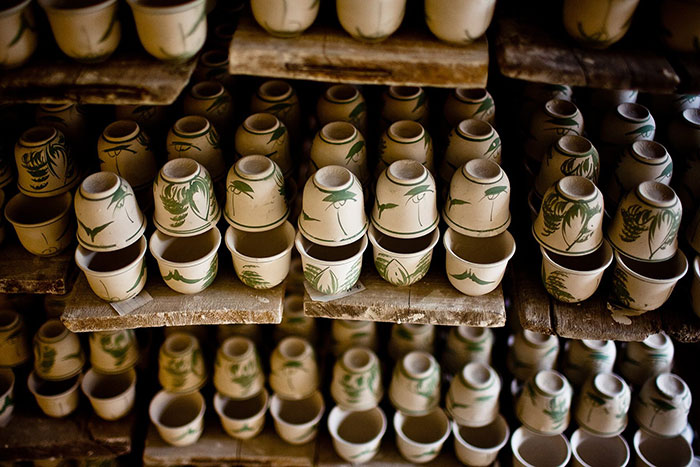
For those who wish to unravel the secrets of Vietnamese ceramics, you can participate in a pottery class. Also worth seeing is the Ceramics Museum, located in the heart of the village in a beautiful traditional house, it allows you to admire a collection of more than 360 ceramic pieces from the 18th and 19th centuries. This small museum was founded on the initiative of a private Hanoi collector, Mr Tran Ngoc Lam.
Related articles:
 Español
Español Français
Français






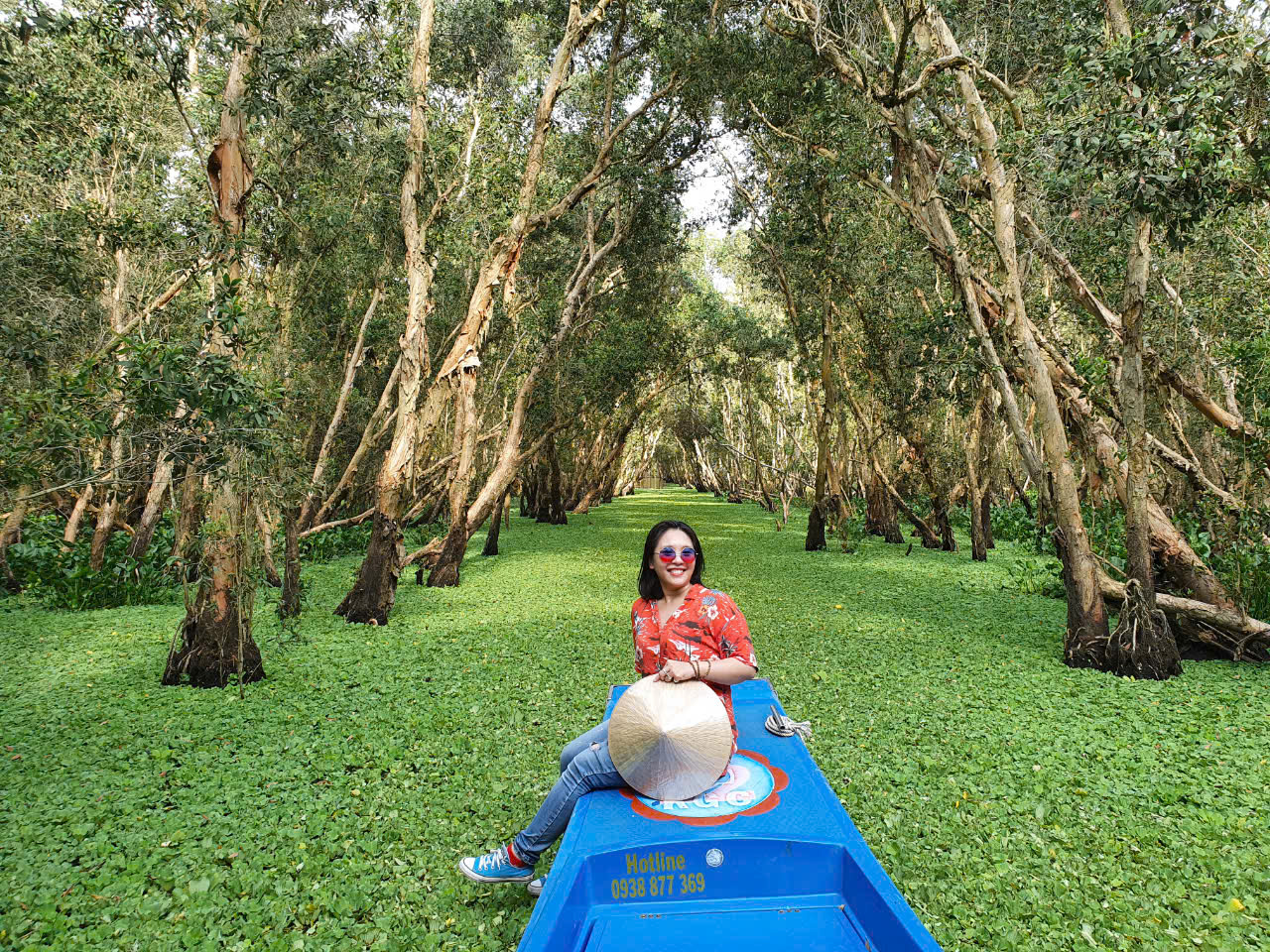
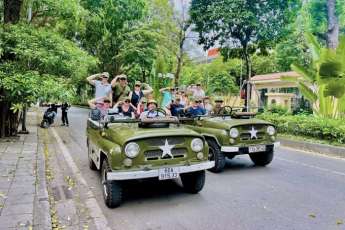












Morgane Ter Cock
on Dec 18, 2025HerbertPhomaMS
on Oct 19, 2025Lilyan Cuttler
on Oct 15, 2025Avenue17XC
on Sep 14, 2025Avenue18JL
on Jul 21, 2025